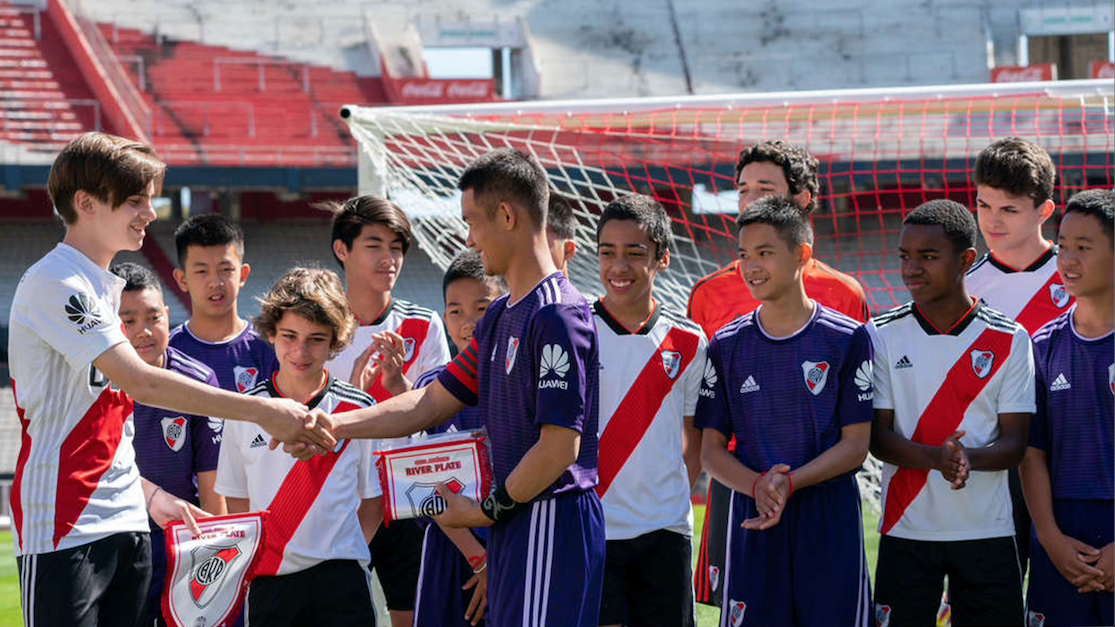Photo credit - International Olympic Committee
The cave rescued Wild Boar football team from Northern Thailand are in the news again. This week they are guests at the Youth Olympics in Buenos Aries. The rescue story has fascinated me because it demonstrated how resilient we can be in the face of adversity and the incredible skill and endurance of the rescuers. How the boys story continues to be told is also a case study of how Thailand is rebuilding its credibility and growing in confidence on the international stage post 2014 military coup d'etat. The image above is in stark contrast to this one:
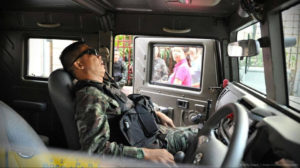
This appeared on Twitter in 2014 the days following the military coup d'etat. It was shortly before I repatriated to the UK and during the early days of the crisis, which I was following assiduously. I was intrigued by how the military kept the media and public informed - they didn’t really. I found out about the coup d'etat on Twitter 25 minutes before the official press conference. Thailand has experienced 12 military coup d'etat's since 1932, but social media made this one different – the military junta crisis communications couldn't control what the general public were posting. This soldier is obviously exhausted and the public are bemused by it. Not good for brand Thailand - the only smiles are at the authorities expense, and not the viral image the military leadership wanted to see just after taking control of the country.
It is the same for any organisation going through a crisis – they don’t want to see or read anything that erodes their credibility or reputation. That’s why when a crisis hits, at international, national or organisational level, the immediate reaction is to communicate and take control. This is the purpose of the crisis management and crisis communications teams, and a good regularly exercised plan will have this incorporated.
Once the initial crisis has passed, an analysis, review and recovery plan is essential on many operational levels, including communications. Where there is damage to operations, brand, reputation and credibility - or any combination of these - there is loss of trust and potential increase in risk.
Thailand is still run by the military junta that conducted the coup d'etat back in 2014 but they have clearly undergone a full review of what happened during that period and how it has impacted brand Thailand. A change in approach is now evident. The 2014 coup was different to previous coups as the junta didn't have the same levels of control over information entering the public domain thanks to the emergence and power of social media. The immediate impact on Thailand was economic as they experienced a cliff edge drop off of tourists who were exposed to these types of images on social media:
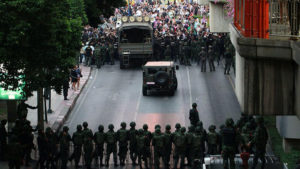
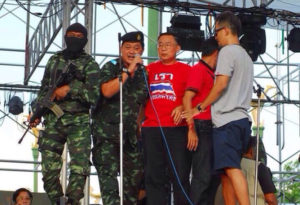
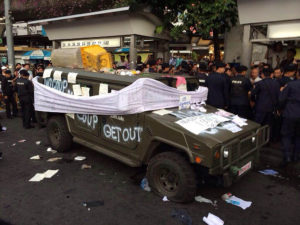
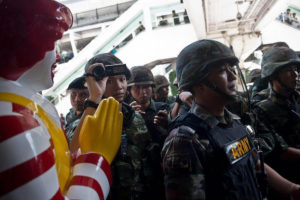
Early attempts to woo back lucrative tourists were duly made. Here are some brave backpackers getting into the grove with a Thai military band deployed to present a more upbeat image from the streets of Bangkok:
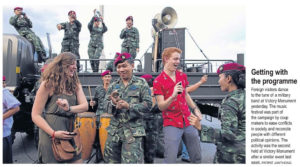
Clearly since 2014 the authorities have learned how to communicated more effectively during a crisis attracting intense interest, as well as post-crisis. This is particularly relevant when it comes to social media which has no international boundaries. Most reading this will have forgotten that there was a coup in 2014, moreover that that Thailand is still under military rule. This is largely due the situation calming down and an alternative version of stability now prevailing. The authorities however are not resting one their laurels and are now fully embracing the borderless world of communications in both traditional and social media channels.
The rescue earlier this year of the Wild Boar football team from the Tham Luang cave in Northern Thailand validates this. With text book analysis, flaws will be found, but their crisis communications worked well after the initial apparent chaos of the rescue set up. Furthermore, the authorities managed the successful outcome of the rescue ensuring the boys were sufficiently rested and reunited with their families before sharing the story with a news hungry national and international media:
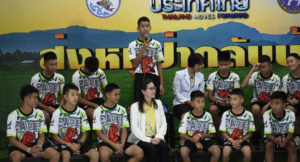
The news today shows that this story is still leveraging international headline appearances. It is not only a fantastic human interest story and a wonderful experience for these boys, it remains a great source of Thai national pride and the boys have become a PR asset for Thailand. How long this can be leveraged remains to be seen, but the journey over the last four years by the Thai authorities does demonstrate how reputation can be recovered and re-established. It is a pivotal part of any post-crisis communications strategy - focus on recovery, rebuilding public trust and reputation.
Further reading:
The Thai Military Coup d'etat 2014
The best source of information and what is happening in Thailand - blogger Richard Barrow.

